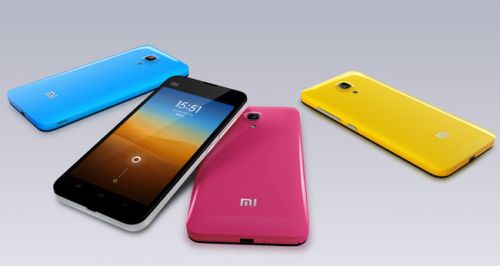
Xiaomi CEO Lei Jun announced Xiaomi’s performance in 2013 on January 2, 2014. In Lei Jun’s email to staff, he revealed Xiaomi sold out 18.7 million smartphones in 2013, increasing 160%. Xiaomi’s revenue (including tax) reached 31.6 billion yuan (USD 5.18 billion), growing 150% in 2013. In December alone, Xiaomi sold 32.25 million mobile phones, achieving 5.3 billion yuan (USD 868 million) revenue.
Xiaomi launched many products in 2013, including Xiaomi 3, Xiaomi hongmi, MiTV, Xiaomi TV Box, Xiaomi WiFi Router, etc. CEO Lei Jun declared that the priority of the company in 2014 was to improve productivity. He promised to all Xiaomi fans that they would sell 40 million mobile phones in 2014.
Xiaomi mobile operating system MIUI’s user broke 30 million. In December 2013, Xiaomi MIUI developers shared revenue surpassed 18 million yuan (USD 2.95 million), which indicated that Xiao had built its own open operating platform. Besides, Xiaomi accessories achieved good performance in 2013, with over 1 billion yuan (USD 163.78 million) revenue.
Xiaomi had built 6 warehouse centers, 18 flagship stores and 436 repair centers in 2013. Xiaomi improved their logistics services, and began entering overseas market. Its debut in Hong Kong and Taiwan was successful. In 2013, Hugo Barra, former Google vice president for Android, joined Xiaomi to help its globalization plan.
At the beginning, Xiaomi experienced severe short supply, with merely 10,000 monthly mobile phones productivity. By the end of 2013, the monthly productivity rose to 3 million. Although its growing speed was extremely fast in consumer electronics industry, still, a lot of Xiaomi fans could not purchase Xiaomi smartphones.
3 years after its set up, Xiaomi achieved huge success. Xiaomi’s business model was widely spoken of within IT industry, which they focused on there aspects. First, Xiaomi laid emphasis on being friends with consumers, consumers’ suggestions or ideas could reach Xiaomi company and gained recognition by engineers. The participation in the making of Xiaomi products inspired Xiaomi fans to keep following the company’s updates. Second, Xiaomi aimed at creating high quality and high cost performance products, which was the base of business model and marketing strategies. Third, Xiaomi valued cooperation with partners such as Foxconn, Inventec Appliances, Qualcomm, etc.